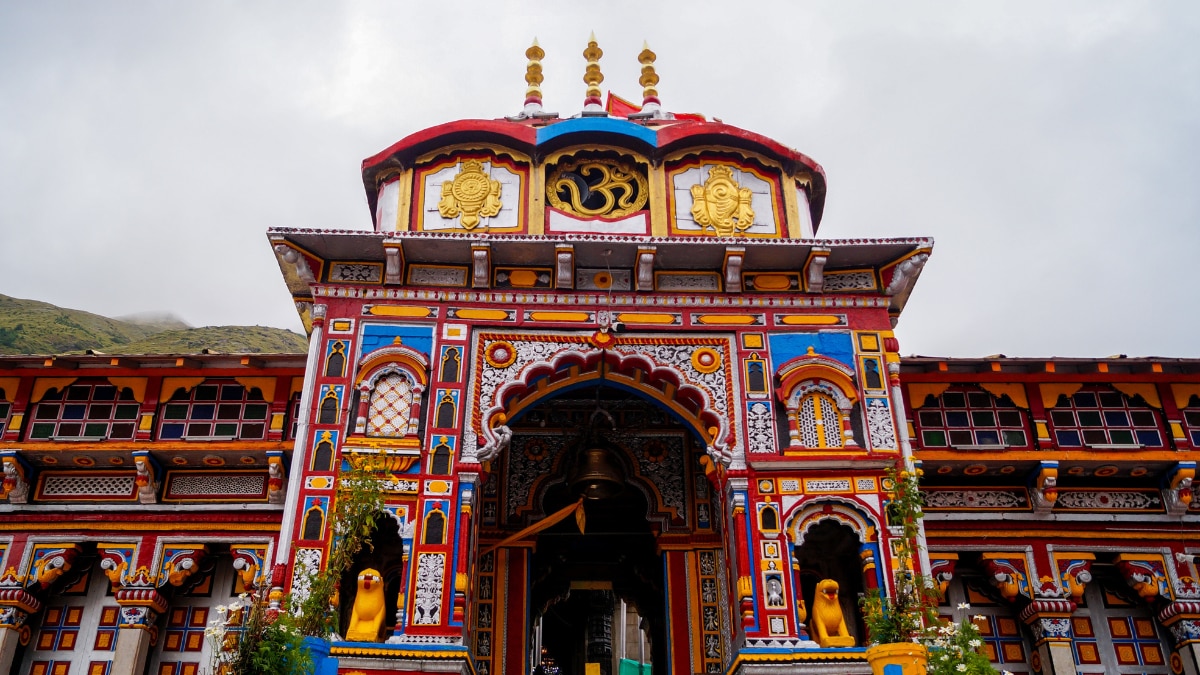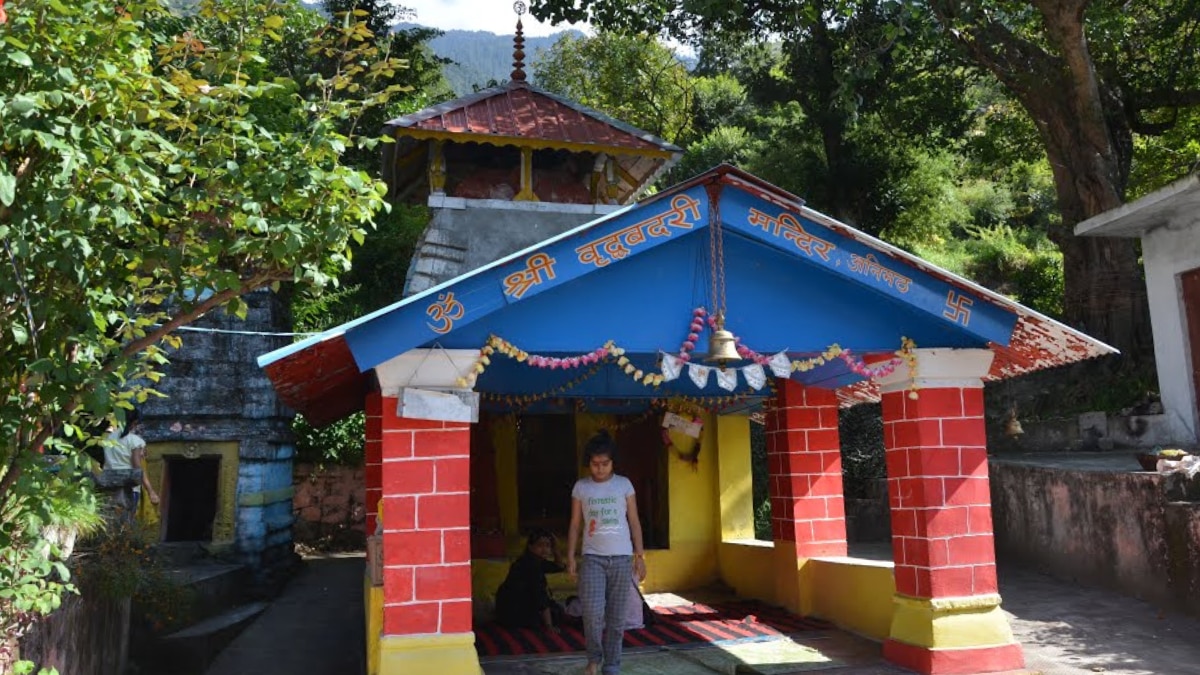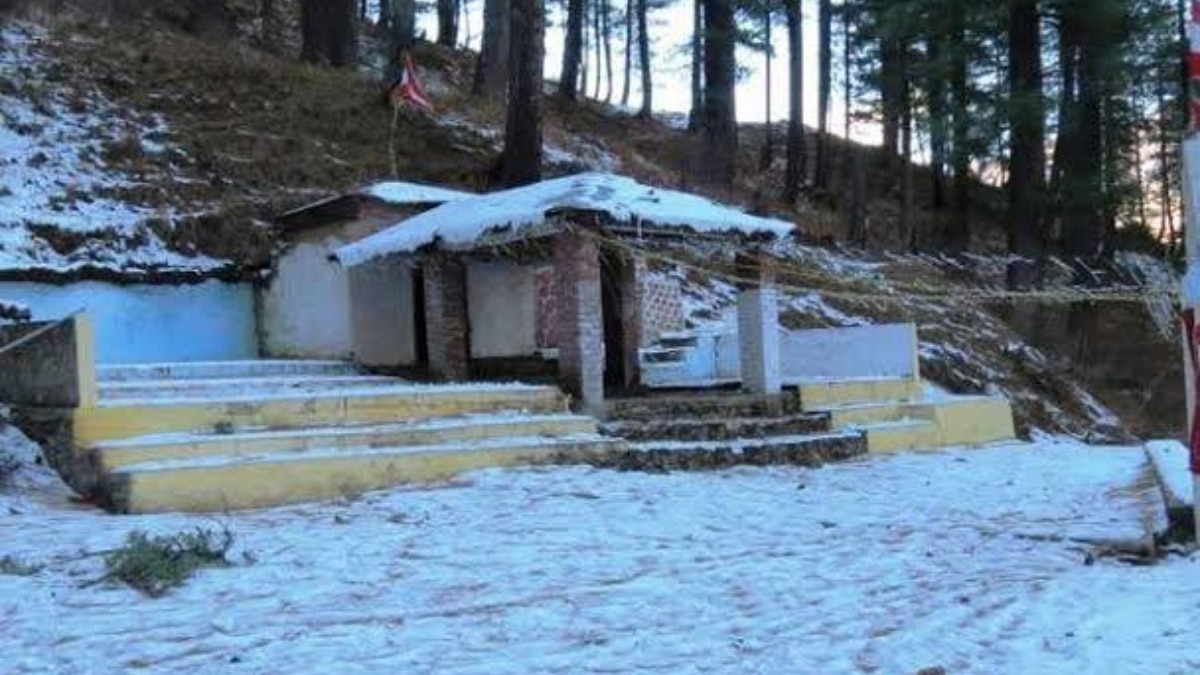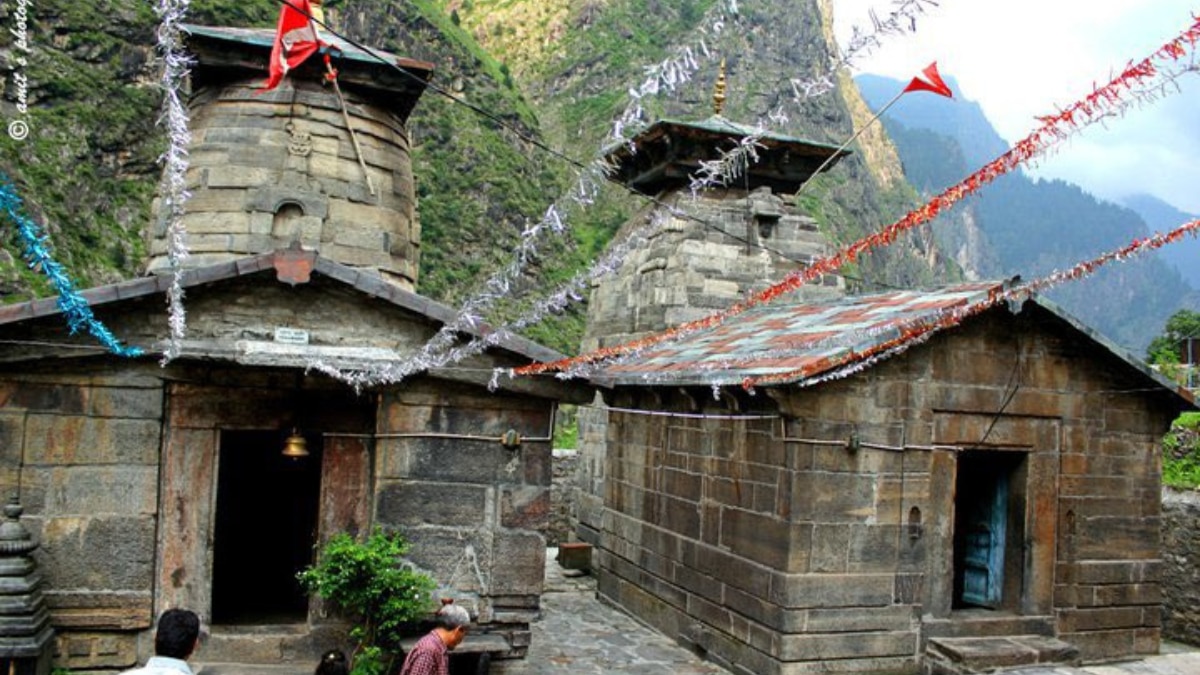Sapta Badri — The Seven Sacred Temples Of Lord Vishnu In The Garhwal Himalayas
A cluster of seven temples dedicated to Lord Vishnu, Sapta Badri forms the holy circuit nestled quietly in the Garhwal Himalayas of Uttarakhand. Having their roots deep in some ancient mythological stories, these shrines alone hold some tranquil energy that saw sages, pilgrims, and seekers visit for centuries. Each temple of this celestial constellation is linked to a separate story, a different kind of sacred energy, and a tradition of worship connected to Lord Vishnu.
The Legend Behind Sapta Badri:
The Sapta Badri temples are spread across the Alaknanda river valley from the spiritual heights of Satopanth to the point of confluence at Nandprayag. This area is known as 'Badri Kshetra', intricately woven into many mythological tales.
As per Hindu mythology, the term 'Badri' denoted 'berries', and berry trees once grew in profusion here, particularly in Badri Van — the forest that pilgrims would traverse to reach the divine path.
Initially the Panch Badri comprised five temples; it later developed into Sapta Badri, including seven Vishnu shrines, each with a different manifestation and religious story. The geography of the region and divine atmosphere retain the sanctity of these shrines, which are mostly secluded and reachable only via trekking routes, keeping their unspoiled spiritual aspect intact.
The Seven Divine Shrines Of Sapta Badri:
1. Badrinath:
 (Image Source: Canva)
(Image Source: Canva)
Standing tall at 3,133 metres, the main temple out of the seven, Badrinath is also part of the Char Dham Yatra and among the 108 Divyadesams. It is regarded as the most sacred shrine of Vaishnavites. Located between the Nar and Narayan peaks and with mighty Neelkanth in the background, the temple is filled with divine vibrations.
2. Adi Badri:
 (Image Source: Canva)
(Image Source: Canva)
With 16 tiny shrines in its compound, Adi Badri is an ancient temple complex at the meeting point of the Alaknanda and Pindar rivers. There rests a stone image of Vishnu, one metre tall, in the sanctum, exuding a serene atmosphere reflecting the ancient devotion.
3. Vriddha Badri:
 (Image Source: x/ TirthaYatra_)
(Image Source: x/ TirthaYatra_)
Situated at 1,380 metres, Vriddha Badri tells the story of Lord Vishnu's visit in the guise of an old man to Sage Narada. Situated along Alaknanda's banks, the shrine reflects age-old wisdom and poise. Situated close to the Kapaleshwar Mahadev temple, it contributes to the spiritual fervour of the region.
4. Bhavishya Badri:
 (Image Source: x/ Itishree001)
(Image Source: x/ Itishree001)
Situated at 2,744 metres in the distant Niti Valley, Bhavishya Badri is said to be the future abode of Badrinath. It houses the powerful yet benevolent incarnation of Lord Narasimha. Myths claim that towards the conclusion of Kali Yuga, Vishnu will emerge here, a sign of a potent spiritual prophecy inscribed on the temple walls.
5. Yogadhyan Badri:
 (Image Source: x/ TheSanatanUday)
(Image Source: x/ TheSanatanUday)
This temple, close to Pandukeshwar, is full of epic memories. According to Hindu mythology, King Pandu did penance to wash away his sins. The deity is worshipped in a meditative position, thus earning the name "Yogadhyan". The divine silence of the idol and environment creates a highly introspective place.
6. Dhyan Badri:
 (Image Source: x/ VertigoWarrior)
(Image Source: x/ VertigoWarrior)
Located in the picturesque Urgam valley, Dhyan Badri is linked with Urva Rishi, who achieved Vishnu's vision after doing intense meditation. The god here is also depicted as a contemplative figure, carved out of black stone. Festivals such as Krishna Janmashtami and Makar Sankranti also add to its spirituality.
7. Ardha Badri:
The smallest of the Sapta Badri, Ardha Badri is isolated and accessible only via trekking routes. The deity of Vishnu here is quite smaller compared to the other temples, representing humility and simplicity. This temple is untouched by crowds and still exudes an unperturbed spiritual allure.
lifestyle